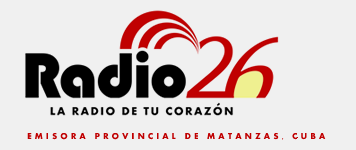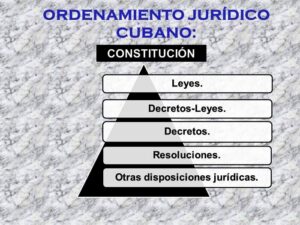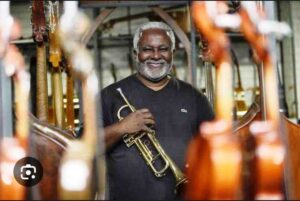All from the earth.
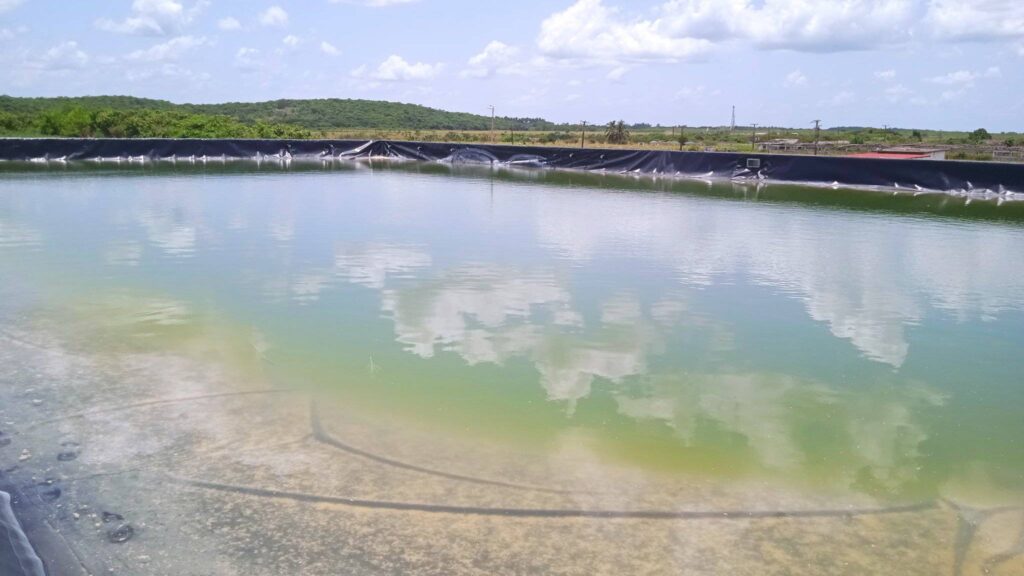
The call to take advantage of all potentialities is aimed at gaining self-management and energy and food sustainability. To this end, science is the main ally.
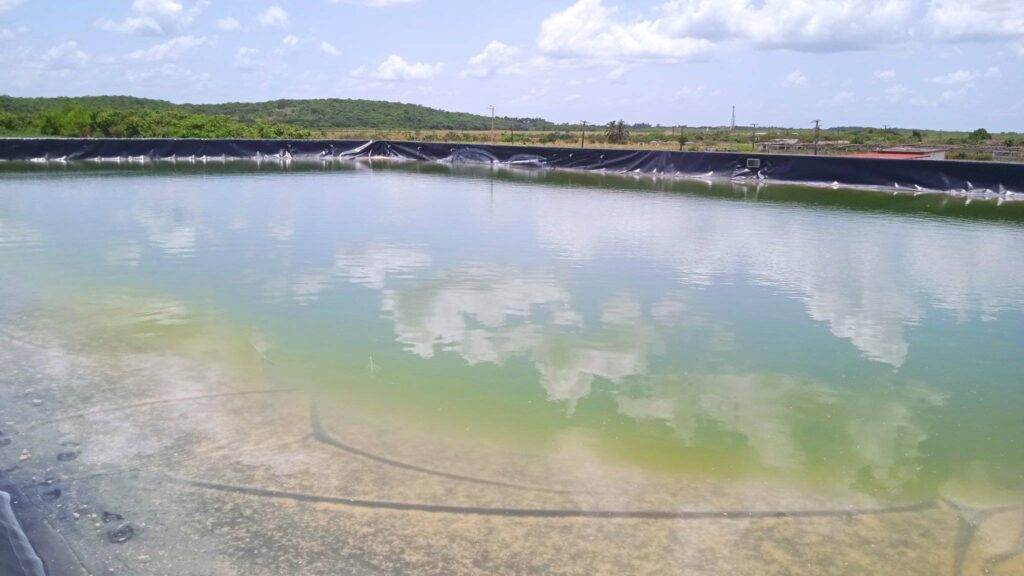
Martí, in Matanzas, is one of eight Cuban municipalities (Guanabacoa, in Havana; Isla de la Juventud; Manicaragua and Remedios, in Villa Clara; and Yaguajay, Trinidad and Cabaiguán, in Sancti Spíritus), which are implementing a project aimed at territorial development based on endogenous resources and without harming the environment.
The initiative, based on cooperation between state and private economic actors, scientific entities such as the Indio Hatuey Experimental Station of Pastures and Forages, is financed by international organizations such as the European Union and the United Nations Development Program.
The municipalities chosen and committed to advancing this exercise have in common the availability of natural resources such as coastal areas, medicinal and potable water, fertile soils and sufficient organic waste that can be transformed into energy and biofertilizers.
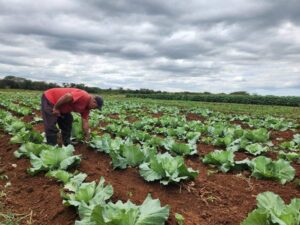
The purpose of the call to take advantage of all these potentialities is to gain in self-management and energy and food sustainability. To this end, science is their main ally.
Designed under the principles of circular economy and social progress of rural communities, the project includes the production of food on agroecological bases together with the generation and use of clean energy, with the creation of new sources of employment, economic improvements and improvement of the quality of life.
From the rurality of a municipality
Undoubtedly, in Cuba, transportation is one of the sectors most affected by the blockade imposed by the United States on the island. An example of this is the serious limitations with hydrocarbons and the parts and spare parts needed for public transportation.
Due to the complexity of guaranteeing this service under such conditions, its presence is almost non-existent in many rural areas of the country. Hence the expectations raised among the inhabitants of the municipality of Martí, in Matanzas, by the possibility of having local buses that run on biomethane.
This fuel is generated in the region itself through the construction and operation of «covered lagoon» type biodigesters that allow the treatment of solid waste without the emission of greenhouse gases, such as methane, into the atmosphere.
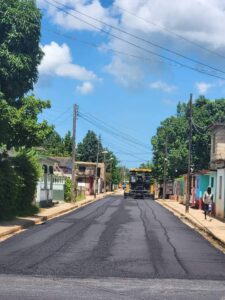
From the proper management of this gas resulting from animal excrement and agricultural waste, fuel (biogas) is obtained to generate electricity, heat and power vehicles.
However, the biomethane-powered bus service in Martí, a milestone in Cuba, is only part of a larger project that includes improving roads and highways with the region’s natural asphalt and increasing the pig herd and agricultural production in a sustainable manner.
Thus, science responds to accumulated problems in that municipality, one of the largest in the province of Matanzas, with a high rate of population aging and also affected by the migration of its young and skilled labor force.
Written by Ana González Goicochea.
